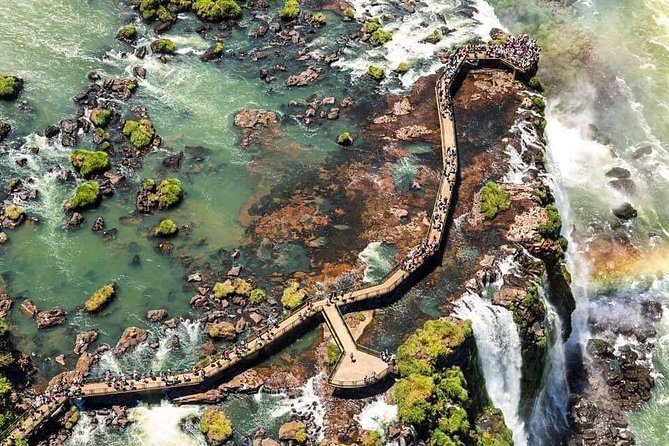1. The Itaipu Dam, also known as the Barragem de Itaipu in Portuguese, is a large hydroelectric dam located on the Paraná River between Brazil and Paraguay. It is one of the largest and most important engineering projects in the world.
- Itaipu Dam is considered one of the Seven Wonders of the Modern World by the American Society of Civil Engineers.
- Construction of the dam began in 1975 and was completed in 1984.
- The dam is 7.7 kilometers (4.8 miles) long and 196 meters (643 feet) high.
- Itaipu Dam has a total capacity of 14GW (gigawatts), making it the second-largest hydroelectric power plant in the world.
- The dam generates renewable energy equivalent to 75 million barrels of oil each year, contributing to a reduction of about 67.5 million tons of carbon dioxide emissions annually.
- The reservoir created by the dam, known as Itaipu Lake, covers an area of 1,350 square kilometers (520 square miles) and is a popular tourist attraction for boat tours and water sports.
2. Itaipu Dam offers guided tours for visitors to learn about the history, technology, and environmental impact of the dam. The tours provide a close-up view of the dam’s gigantic structure, its power plant, and the surrounding area.
- Working Time: The Itaipu Dam tours are available from Tuesday to Sunday, with different tour options throughout the day. The specific working hours may vary, so it is recommended to check the official website or contact the visitor center for the most up-to-date information.
- Visitor Center Phone: +55 (45) 3527-8100
3. Ticket Information and Transportation:
- Ticket Prices: The ticket prices for the Itaipu Dam tours vary depending on the type of tour chosen. There are different options available, including panoramic tours, specialized tours, and night tours. It is advisable to check the official website or contact the visitor center for detailed information on ticket prices and tour options.
- Transportation: The Itaipu Dam is located approximately 15 kilometers (9.3 miles) from the city center of Foz do Iguaçu. Visitors can reach the dam by car, taxi, or bus. There are dedicated parking areas available for visitors at the dam’s visitor center.
Note: Due to the COVID-19 pandemic, it is recommended to check the official website or contact the visitor center for any updates or changes to the working hours and ticket information.










